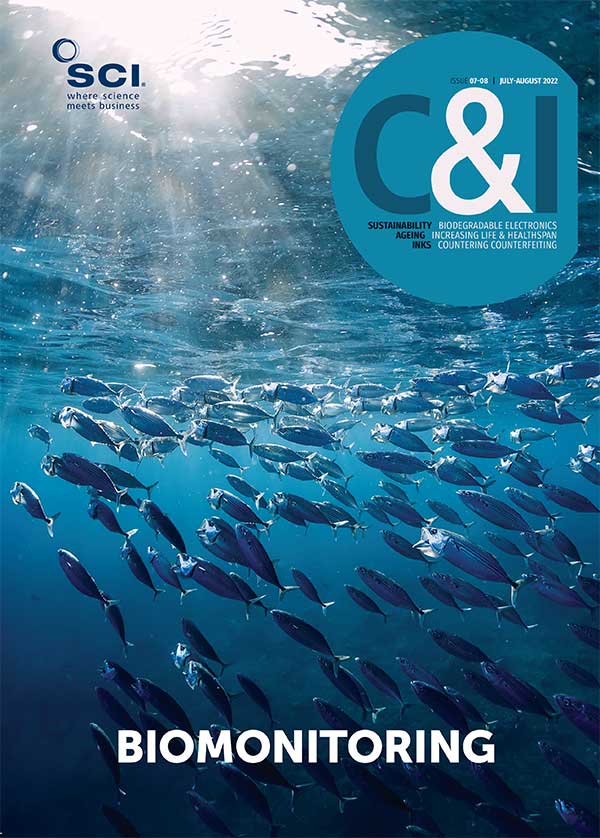MARIA BURKE
A new study of an old meteorite contradicts current thinking about how rocky planets like Earth and Mars acquire volatile gases as they form.
As a planet forms, it ‘collects’ volatile elements, such as hydrogen, carbon, oxygen, nitrogen and noble gases from the solar winds and clouds (nebula) around it. These elements initially dissolve into the molten rock (magma ocean) and then are ‘degassed’ back into the atmosphere. Later, more volatile materials arrive as mineral-carrying chondritic meteorites crash into the young planet.
According to this generally accepted model, the volatile elements in the planet’s interior should reflect the composition of the solar nebula, or a mixture of solar and meteoritic volatiles. The volatiles in the planet’s surface and atmosphere, which form last, should have come mostly from meteorites. These two sources – called solar and chondritic - can be distinguished by the ratios of isotopes of noble gases, in particular krypton.
Now researchers at the University of California, Davis, US, claim this model of planet formation might not be correct. The team was studying the Chassigny meteorite, which fell from Mars and landed in north-eastern France in 1815. It’s unusual because it’s thought to have come from the interior of the planet rather than the surface.
The UC Davis team measured the ratios of krypton isotypes in samples from the meteorite. To their surprise, the team found that the krypton isotopes in the meteorite correspond to those from chondritic meteorites, not the solar nebula (Science, doi: 10.1126/science.abk1175). This means that meteorites were delivering volatile elements to the planet as it formed, much earlier than previously thought.
‘While our study clearly points to the chondritic gases in the Martian interior, it also raises some interesting questions about the origin and composition of Mars’ early atmosphere,’ says team leader Sujoy Mukhopadhyay. The planet must have acquired atmosphere from the solar nebula, after the magma ocean cooled, to prevent substantial mixing between interior chondritic gases and atmospheric solar gases, he adds.
‘I am not surprised myself about their finding, but the conventional thinking certainly favours that chondritic material was delivered after the nebula gas,’ says Helmut Lammer of the Austrian Academy of Sciences Space Research Institute. ‘Their findings are certainly significant.’
‘The model of early solar interior and later chondritic surface material is clearly an oversimplification of early evolution of terrestrial planets because it doesn’t explain everything,’ says Greg Holland of the University of Manchester, UK. ‘Not all volatile elements fit the story. New data suggesting a different order/timing of processes is very welcome and very significant for the early evolution of Mars.’





